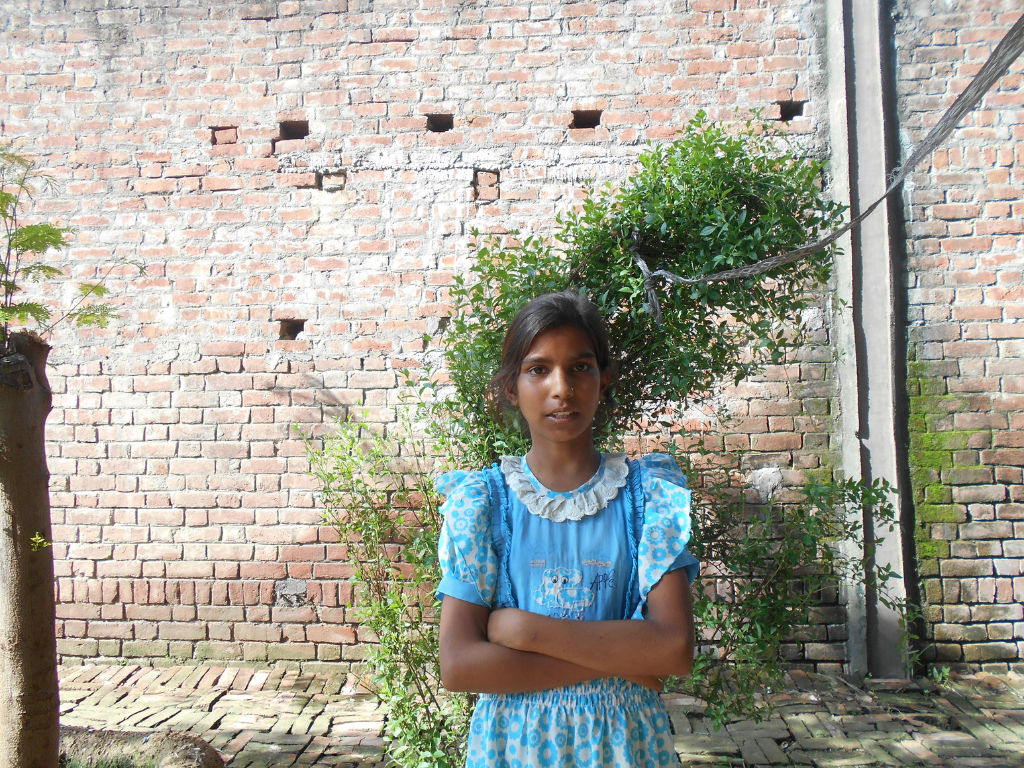As a part of the #CelebrateGirls campaign, Milaan is looking to examine and address barriers to education for adolescent girls. Leading up to our #CelebrateGirls Expert Consultation, we want to hear from you as we crowdsource ideas to address specific barriers to education.
Today, we examine the barrier lack of infrastructure presents in educating girls. Milaan’s ‘Making Schools Menstrual Friendly’ initiative has been going into schools in Balrampur District, in collaboration with UNICEF, to address knowledge and practices of menstrual hygiene and health for adolescent girls.
According to Dasra, “Girls are typically absent for 20% of the school year due to menstruation, which is the second major reason, after household work, for girls to miss school.”
This past year, the Milaan ‘Making Schools Menstrual Friendly,’ Initiative analysed the impact that the barrier of poor infrastructure has on adolescent girls’ ability to stay in school.
The team writes based on their knowledge, practices, and attitude study in the Balrampur District of Uttar Pradesh:
- The poor conditions in the schools and the research data together form a call to action and support the need for the ‘Making Schools Menstrual Friendly’ initiative. To turn things around, it becomes imperative to channel the potential of public schools as entry points and instrumental institutions to engage with the community for attempting to affect the dissatisfactory status quo.
- Not only do public schools provide the institutional legitimacy to interact with the students, but also with other stakeholders engaged in the various processes of running the school. Public schools, by virtue of being in almost every village, can become catalysts for driving change towards public welfare and exercising the existing systemic machinery. Therefore, schools are the most well-suited platform to implement WASH and MHM programs for driving social change and motivating students to be the agents of change in the community.
- The Upper Primary Schools have performed poorly on most WASH and MHM infrastructural indicators – as can be seen in the Menstrual Friendly Report Cards. The toilets are not functional. A technical audit must be conducted in each Upper Primary School to examine the specific deficiencies and then make specific repairs accordingly. The WASH and MHM behavioural change interventions also depend on incremental improvements of hygiene and sanitation infrastructure in the schools.
In working to address this barrier, Milaan has conducted ‘Making Schools Menstrual Friendly’ workshops in each school. Moving forward, it is important that we consider that:
“71% of girls are unaware of the concept of menstruation until menarche.” (Dasra)
In order to begin to dismantle this barrier, we must address the apparent gap in education and attitudes by approaching communities in addressing infrastructural barriers for adolescent girls.
How do you think that we can begin to address the infrastructural barrier to education for adolescent girls? For more on some organisations that are currently working to address this barrier, check out Milaan, WASH United, Menstrupedia, EcoFemme, UNICEF, Dasra, PHFI, Kachra Project, and many more! We invite you to lend your voice to our #CelebrateGirls campaign by using the hashtag and tweeting your thoughts at @SupportMilaan. Let’s dismantle these barriers together!


